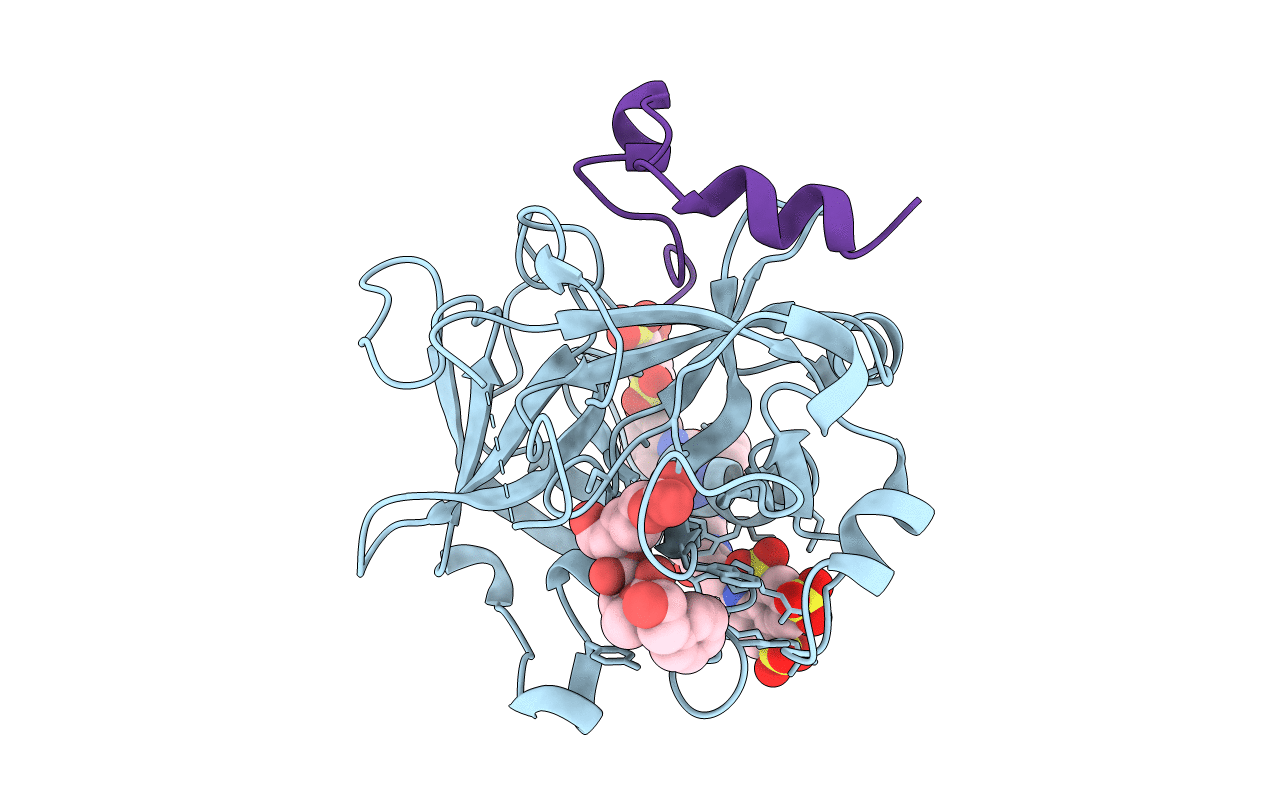
Deposition Date
2006-06-11
Release Date
2007-05-22
Last Version Date
2024-11-13
Entry Detail
PDB ID:
2H9T
Keywords:
Title:
Crystal structure of human alpha-thrombin in complex with suramin
Biological Source:
Source Organism:
Homo sapiens (Taxon ID: 9606)
Method Details:
Experimental Method:
Resolution:
2.40 Å
R-Value Free:
0.26
R-Value Work:
0.18
R-Value Observed:
0.18
Space Group:
P 21 21 21


